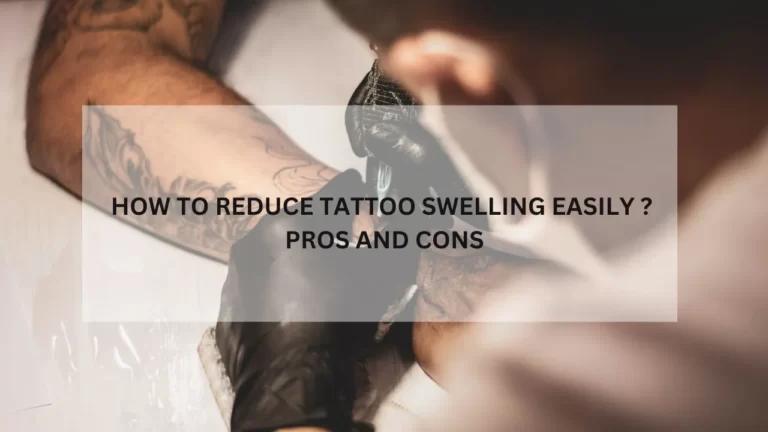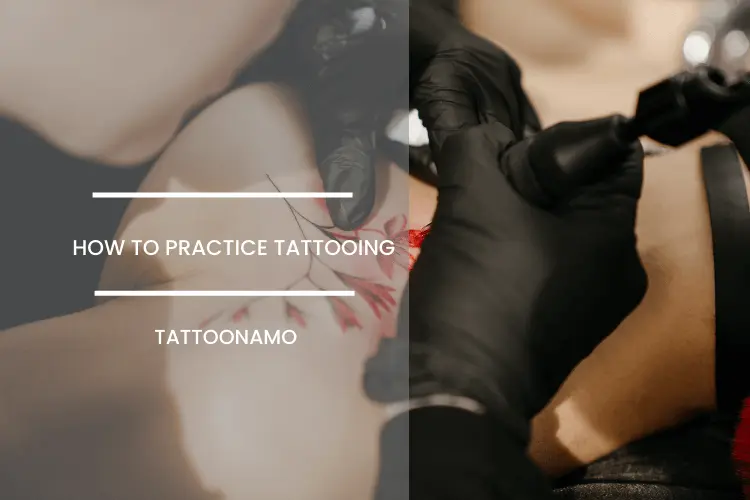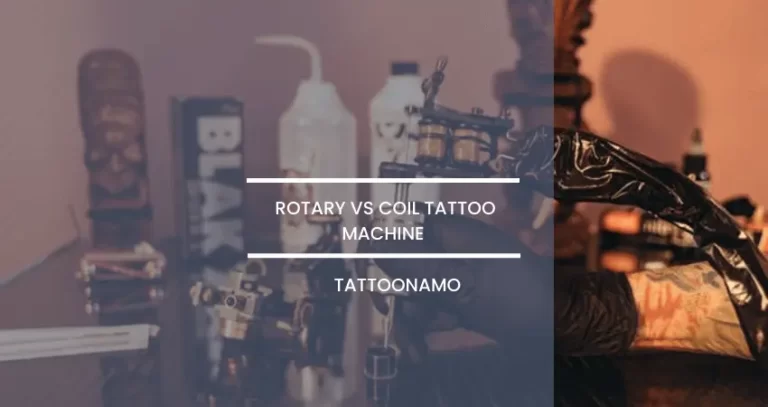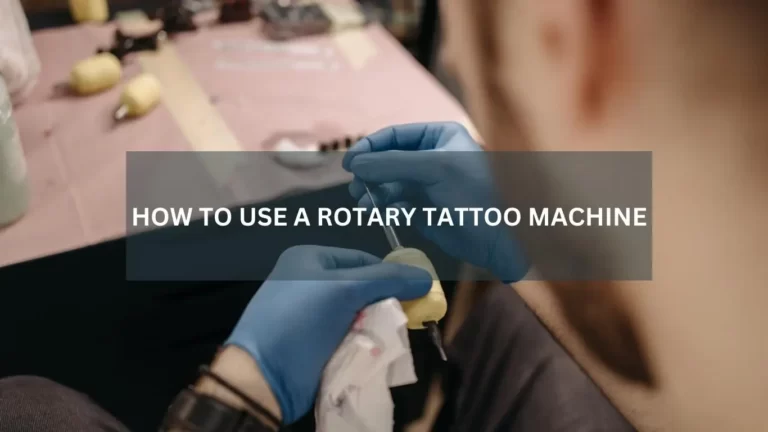How to fade a tattoo at home?
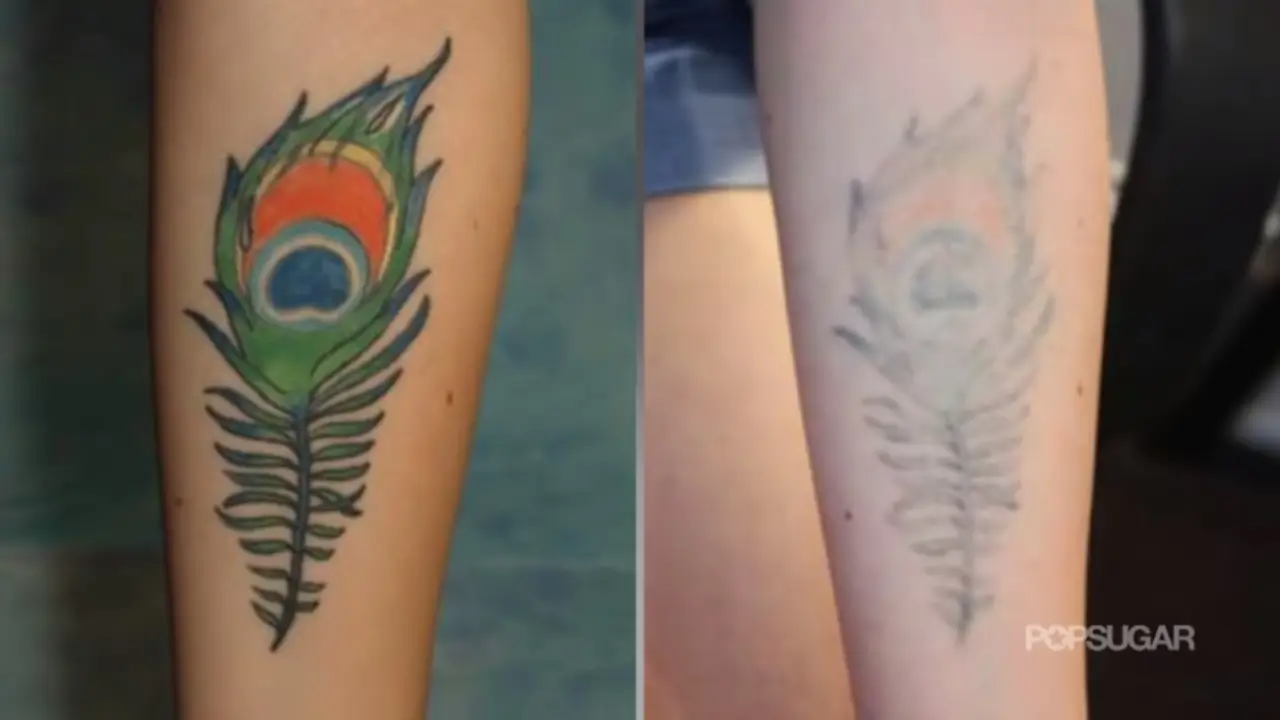
There are a lot of different ways to hide unwanted tattoos at your home. How to fade a tattoo at home? You can start using a mild skin-lightening agent like hydrogen peroxide or lemon juice every day as your best bet. You could also try thoroughly exfoliating the tattoo two to three times a day with a homemade salt scrub or another abrasive mixture if you want a faster, more direct method. However, if the tattoo is of small size, it can be removed surgically in one session. Surgery will, however, leave a scar. Additionally, tattoo removal may not be possible with lasers in a single session.
Interestingly, Lasers can completely remove tattoos. Lasers are the most efficient and safest method for getting rid of unwanted tattoos. However, it may take several sessions for the tattoo to be completely removed. Thus, we are going to discuss the top four remedies with you.
how to fade a tattoo at home? 4 effective methods for fading
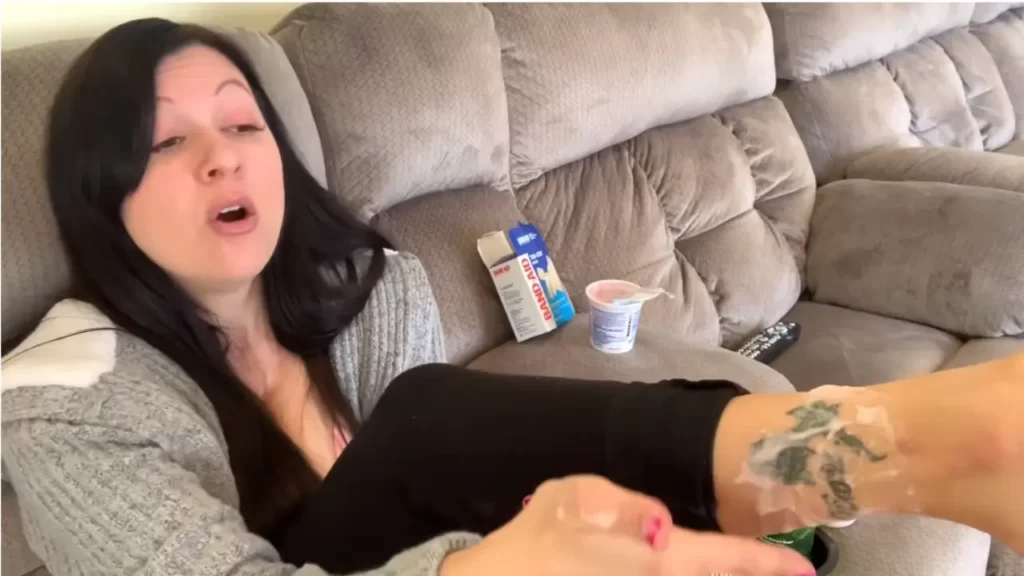
- Exposure to sunlight
This option seems to be debatable fade the tattoo because sunlight is harmful to UV rays, and it is not recommended that we expose our skin to the sun without wearing sunscreen. Skin cancer, premature ageing, and sunburn-related damage can all be accelerated by these rays. In addition, people who have tattoos should wear sunscreen specifically to protect them. Tattoos begin to fade earlier when exposed to sunlight, which is usually a big problem (if you like your tattoos).
So, if you want the tattoo to fade naturally and quickly, you should not apply sunscreen to it. However, the remaining skin that is exposed must be shielded. Therefore, apply sunscreen to the rest of the skin that is exposed, avoiding the tattooed area. However, avoid overexposing yourself to the sun; you should avoid burning and causing additional skin damage.
- Applying Lemon Juice
Lemon juice is a well-known natural lightener that can be applied to the skin. Lemon juice is even used by some cultures to lighten their skin or correct skin pigmentation. Despite the possibility of race-related issues, this procedure is still appropriate for tattoo lighting.
Therefore, squeeze the juice from a lemon or lime. Two to three times per day, apply the freshly squeezed juice to the tattoo. The tattoo should begin to fade slightly if you continue doing this for up to a month. Sadly, this method works best on black tattoos, which turn a light brown colour. Yellow, green, and blue tattoos will undoubtedly make the method less effective.
- Using Sugar scrubs and Hydrogen peroxide
Most people agree that exfoliation is very good at getting rid of dead skin cells and excess skin. Many people argue that exfoliation can also be used to fade tattoos naturally. Sugar or salt scrubs, on the other hand, can’t do much because they can’t get into the dermis, or top layer, of the skin.
So, the best approach is to clean and unwind the skin first by exfoliating it with a body scrub. Make an effort to gently exfoliate for at least five to ten minutes; let the salt and sugar do their thing. After that, using a cotton swab, dab some hydrogen peroxide onto the tattoo.
- Turning towards professionals
The previous approaches don’t work for everyone. Additionally, they are unable to penetrate the inner skin layers, where the ink is embedded. As a result, the efficiency suffers further. Therefore, the best thing you can do is consult a professional and have your tattoo safely and effectively lighten.
The best method for properly fading a tattoo is laser tattoo removal. It is because you are only fading the tattoo rather than completely removing it, it can be done in as few as five sessions. This makes it easier for the tattoo artist to create a new cover-up tattoo because there is no skin damage. It is quick, safe, and generally fast. It uses your immune system to get rid of the ink.
Conclusion
So we have discussed with you some techniques to use to fade the tattoo at home. You can apply any of these methods to remove the tattoo from the skin. However, in the end, it all depends upon you. If these methods could not serve your purpose, then you can go for other methods as well. Therefore, our advice regarding tattoo fading is quite clear: Take your tattoo to a professional and let them treat it safely and properly. Due to their low cost and use of common pantry ingredients, other methods may appear appealing. However, if you apply them frequently, especially in their raw form, they could be harmful to your skin.
Frequently Asked Questions (FAQs)

